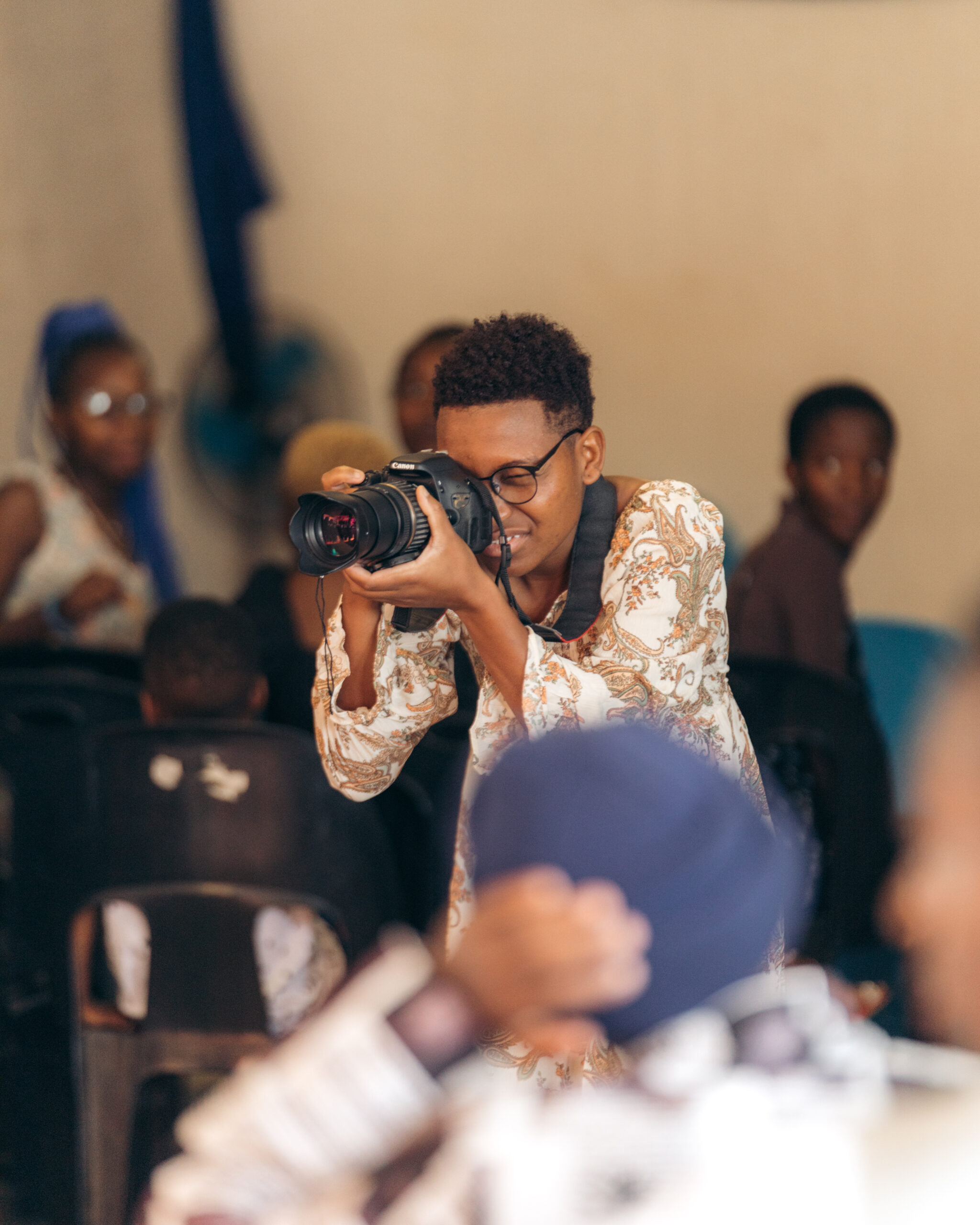Hosea’s Heart Through a Photographer’s Lens
By Anthony Butz
I’ve had many jobs and worn many hats. I’ve been a door-to-door salesman, an assistant manager at a clothing store, and a cemetery groundskeeper, just to name a few. I’m a certified SCUBA diver, a traveler, and I used to help lead ocean kayak tours in Hawai’i. But underneath it all, I’ve always been a photographer.
No matter where I am or what I’m doing, I always keep my camera around and practice my photography. It’s something I love to do and hope to turn into my full-time profession one day. In my life, traveling and photography have always gone hand in hand. I love going somewhere new and capturing my experiences through my camera.
When I learned about Hosea’s Heart for the first time, I was intrigued. This was partly because its location excited the traveler in me. But it was mostly because I wanted to photograph whatever they were doing in eSwatini. I wanted to capture those moments and tell those stories. So when I got an opportunity to visit Hosea’s Heart for 10 days I jumped on it.
Admittedly, I had a few concerns about visiting eSwatini for the first time. I knew I was going to visit Hosea’s Heart, a girl’s home and school. I’m definitely not a girl. It’s also for victims of sex trafficking and abuse. I had zero experience with this either. I’ve had a good, safe, middle-class upbringing in America. On top of that, there are cultural and linguistic barriers that exist whenever visiting any new place. All these factors add up to create what I like to call “the gap.” The gap that separates 2 people. The gap between me, an outsider, and those who call Hosea’s Heart home. The last thing I wanted to do was be the white guy who shows up in their home, shoves a camera in their face for a few days, and leaves. That felt wrong, insensitive, and disrespectful. I had to find a way to close this gap.
In photography, there is a general rule of thumb that you want to get eye level with your subject. This means that generally, something looks better when you shoot it from not too high, not too low, but right at eye level. This is often meant to be taken literally, but I like to take this idea one step further and think of it also as a philosophy. For me, getting “eye level” isn’t just about physically moving and getting a better angle. It’s about truly engaging with what I’m photographing. I never want to be just the camera guy. Plenty of people can stand from a distance and take pictures. I want to feel, connect, and truly be with my subject matter when I take pictures. If I’m photographing rock climbers, I want to be there with them, hanging from a rope on a cliff. If I’m taking pictures of white water rafting, there I am in a kayak with my camera in my lap. I’m getting “eye level” with my subjects. This is the side of photography that isn’t taught. I never want people to feel uncomfortable when I point my camera at them. I want them to feel at ease and unashamed, as if I’m not even taking their picture at all. This is what I hoped to accomplish during my first visit to Hosea’s Heart.
I expected this to be a challenge. As a white dude from a first-world country, I imagined that the girls would have a hard time relating to me and vice versa. And since I knew that these girls were all in some way victims of abuse or trafficking, I figured that they’ve probably had some of the worst experiences somebody could have with human beings, especially men. Some of these girls might be ok with me and my camera. Some of them might want nothing to do with me. It was going to be a challenge to get at eye level and bridge the gap.
As eager as I was to visit Africa for the first time and snap lots of pictures, I forced myself to slow down, especially in the beginning. I was visiting these girls’ home. So when I arrived at Hosea’s Heart and stepped off the bus for the first time, I had my camera out of its bag but I didn’t use it right away. I was testing the water. Maybe they wouldn’t care, but maybe they would. I wanted to earn their trust before snapping away. Who knows, maybe I’d even make a friend or 2 along the way.
But that’s not where it ended. During our trip, my team led a range of different activities with the girls. Devotionals, games, arts and crafts, and even some dance lessons were part of the schedule. Me being me, I wanted to actively partake in whatever activities I could.
So if the girls were having a dance lesson, I was too. If making a fool of myself while dancing meant that I would build trust and close some of that gap between us, I did it. Snapping pictures along the way was the added bonus. And to my surprise, I was received very well. Shockingly well, by my expectations! Watching the funny white guy try to dance brought laughter to the girls (and many of the staff members). And laughter doesn’t just lead to great pictures. It also helps close those gaps between people. From that laughter came jokes, conversations, and real connections. I wasn’t just practicing photography anymore. I was building meaningful relationships and having some fun along the way.
By the end of that first trip, I had taken more than 5,500 images over those 10 days. It was some of the most unique and fulfilling work I had ever done, not just as a photographer, but as a human being. I came to serve and take photos of this amazing place and people, but by the end, I found myself wishing I could stay just to hang out with them a little longer.
Lucky for me, I was given an opportunity to return to eSwatini a few months later to serve Hosea’s Heart once again. This time, instead of visiting for 10 days I was blessed to stay for several months. I was able to continue to snap pictures and bridge those gaps between me and my new Swazi sisters. And I even got another job to add to my strange resume: High school science and math teacher.
-Anthony Butz


